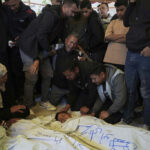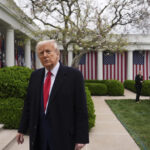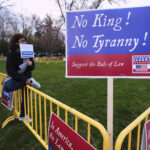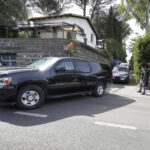The region in Eastern Europe surrounding the Russian border with Ukraine, is a powder keg, and everyone near that border are holding fired torches just waiting to set off a conflict that has the potential to engulf the whole world, we are safe as long as all concerned keep talking. Now Russian President Vladimir Putin and Russian military leaders are ramping up tensions with more military drills in the region. As reported by the AP:
The military muscle-flexing reflects a bold attempt by the Kremlin to halt decades of NATO expansion after the end of the Cold War
MOSCOW (AP) — With tens of thousands of Russian troops positioned near Ukraine, the Kremlin has kept the U.S. and its allies guessing about its next moves in the worst security crisis to emerge between Moscow and the West since the Cold War.
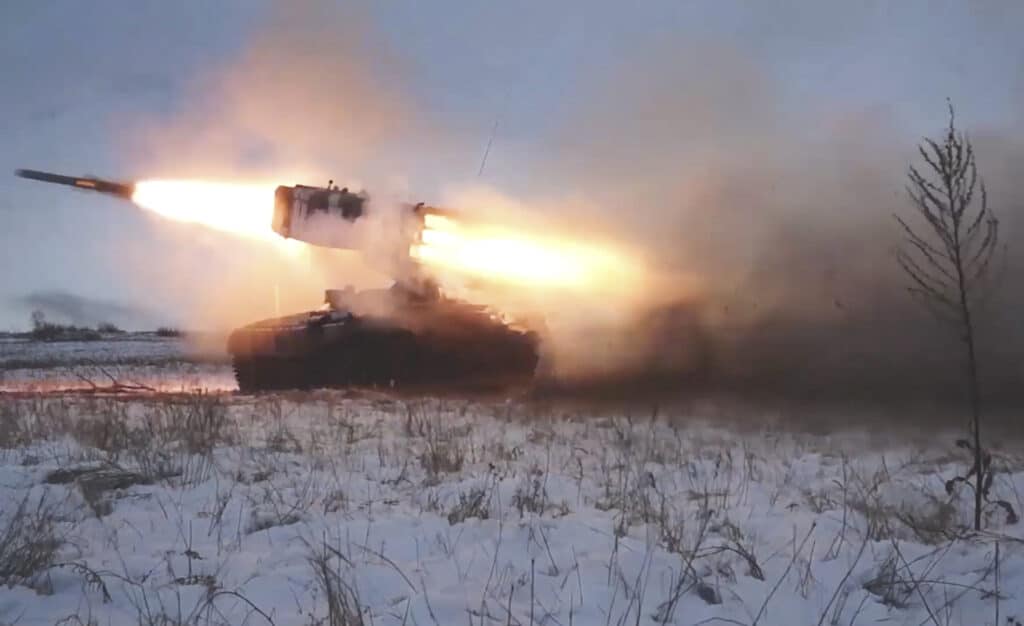
Amid fears of an imminent attack on Ukraine, Russia has further upped the ante by announcing more military drills in the region. It also has refused to rule out the possibility of military deployments to the Caribbean, and President Vladimir Putin has reached out to leaders opposed to the West.
The military muscle-flexing reflects a bold attempt by the Kremlin to halt decades of NATO expansion after the end of the Cold War. In talks with the United States, Russia demands legally binding guarantees that the alliance will not embrace Ukraine and other former Soviet nations, or place weapons there. It also wants NATO to pull back its forces from countries in Central and Eastern Europe that joined the alliance since the 1990s.
Putin has described NATO membership for Ukraine and the others as well as the alliance’s weapons deployments there as a red line for Moscow, warning that he would order unspecified “military-technical measures” if the demands aren’t met.
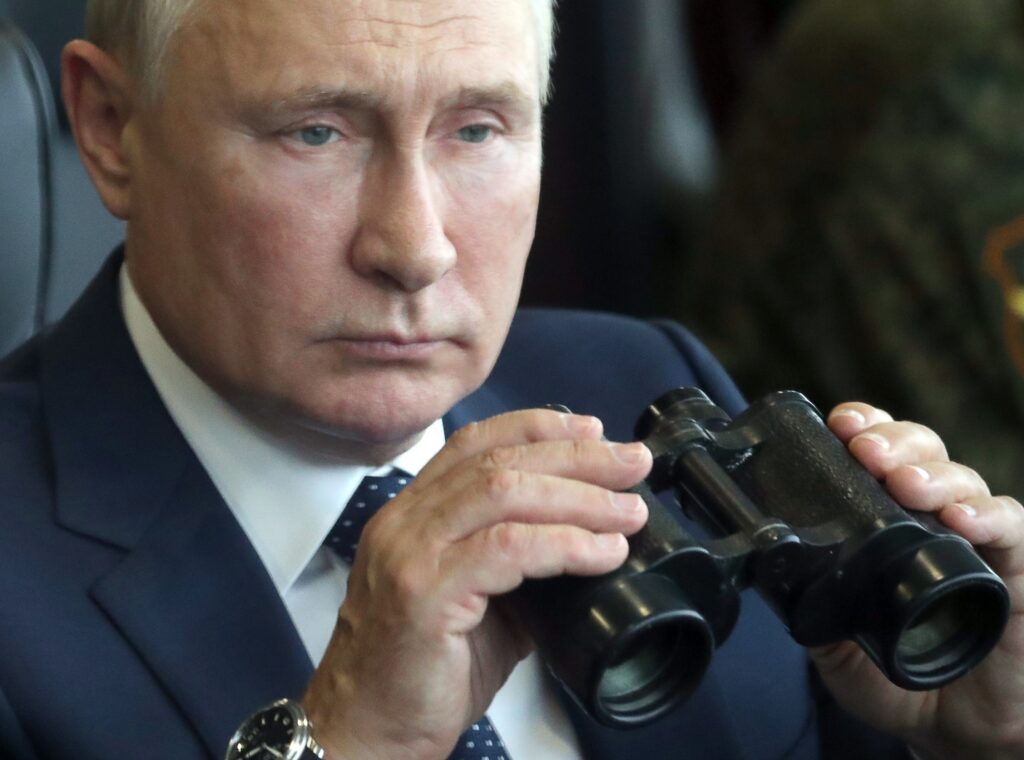
Putin pointed to NATO drills with the Ukrainian military, increasingly frequent visits of the alliance warships in the Black Sea and the flights of U.S. bombers near Crimea to emphasize the urgency of Russia’s security demands. He argued that by creating training centers in Ukraine, Western powers can establish a military foothold there even without its joining NATO.
“We have nowhere to retreat,” Putin said. “They have taken it to the point where we simply must tell them: ‘Stop!'”
Russia, which annexed Ukraine’s Crimean Peninsula in 2014, has denied it intends to attack its neighbor. Last year, however, Putin issued a stark warning that an attempt by Ukraine to reclaim control of the areas in the east controlled by Russia-backed separatists would have “grave consequences for Ukrainian statehood.”
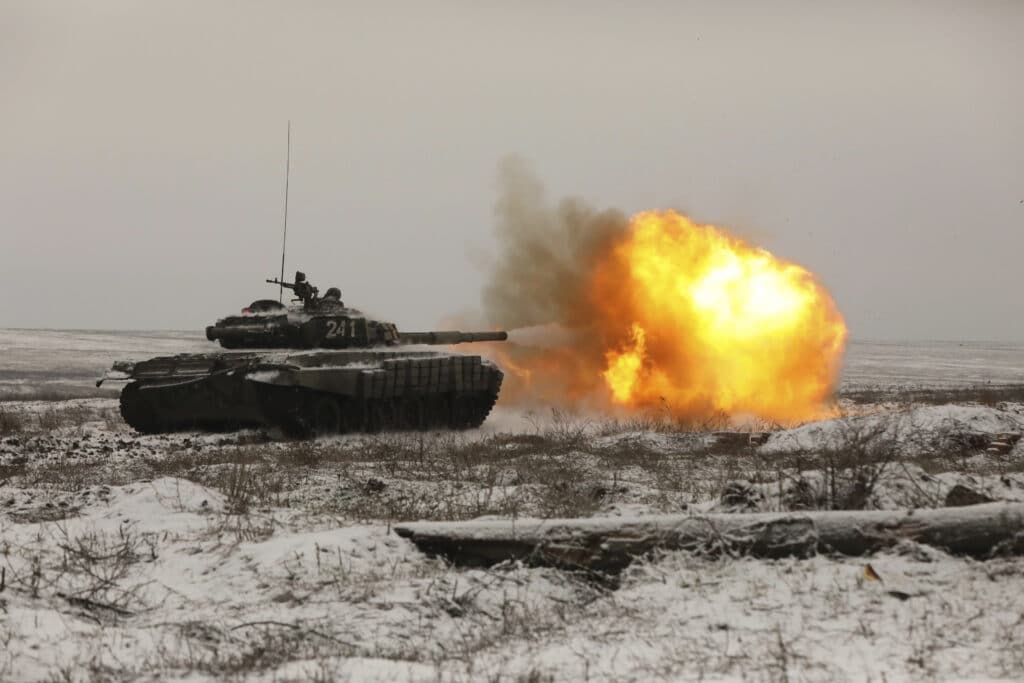
While Ukrainian authorities denied planning such offensive, U.S. intelligence officials concluded that Russia had already deployed operatives to carry out acts of sabotage in the rebel east and blame them on Ukraine in a “false-flag operation” to create a pretext for possible invasion. Russia has rejected the claim as “total disinformation.”
Putin has repeatedly asserted that Russians and Ukrainians are “one people,” and says large chunks of Ukrainian territory are historic parts of Russia — arbitrarily granted to Ukraine by Communist leaders during Soviet times.
Over 14,000 people have been killed in nearly eight years of fighting in Ukraine’s industrial heartland called the Donbas, where the Moscow-supported insurgency erupted shortly after the annexation of Crimea. A 2015 peace deal brokered by France and Germany helped end large-scale battles, but a political settlement has stalled, and frequent skirmishes have continued along the tense line of contact.
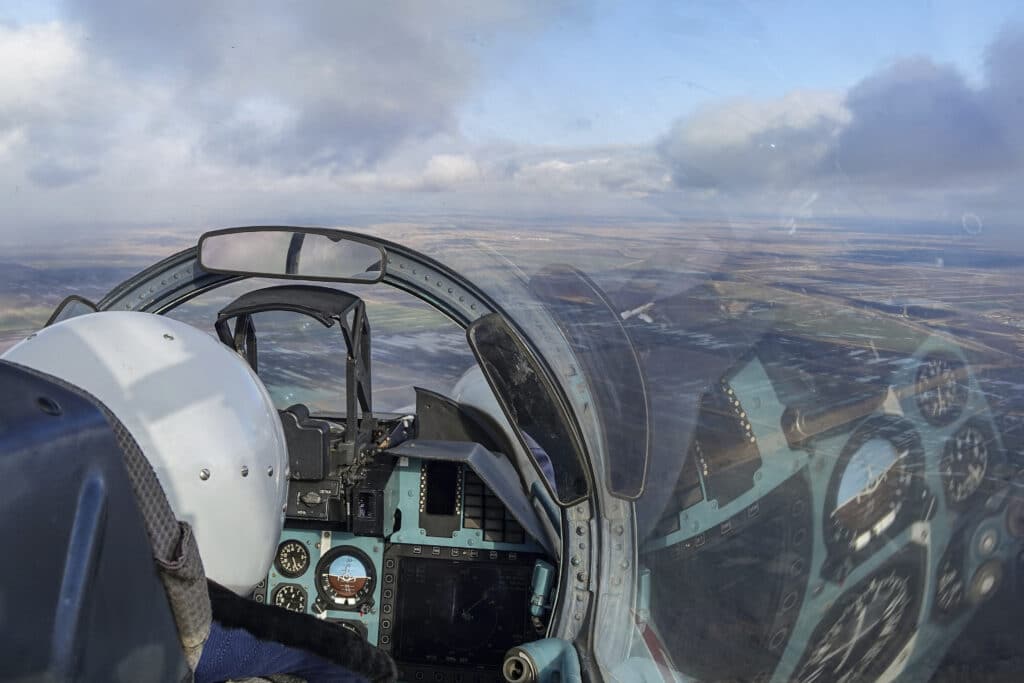
In early 2021, a spike in cease-fire violations in the east and a Russian troop concentration near Ukraine ignited the invasion fears, but tensions abated when Moscow pulled back the bulk of its forces after maneuvers in April.
The military buildup near Ukraine resumed in the fall, with Ukrainian and Western officials warning that the increasing troop concentration could herald a multipronged Russian attack.
Putin noted with satisfaction that Russia has caused a “certain stress” in the West. “It’s necessary to keep them in that condition for as long as possible,” he said in November, ordering his diplomats to push for binding guarantees against NATO expansion.
While the U.S. and its allies rejected the Russian demands for a halt to NATO expansion, some observers note that Moscow’s insistence on a written reply may reflect an intention to use it as an argument for a possible escalation.
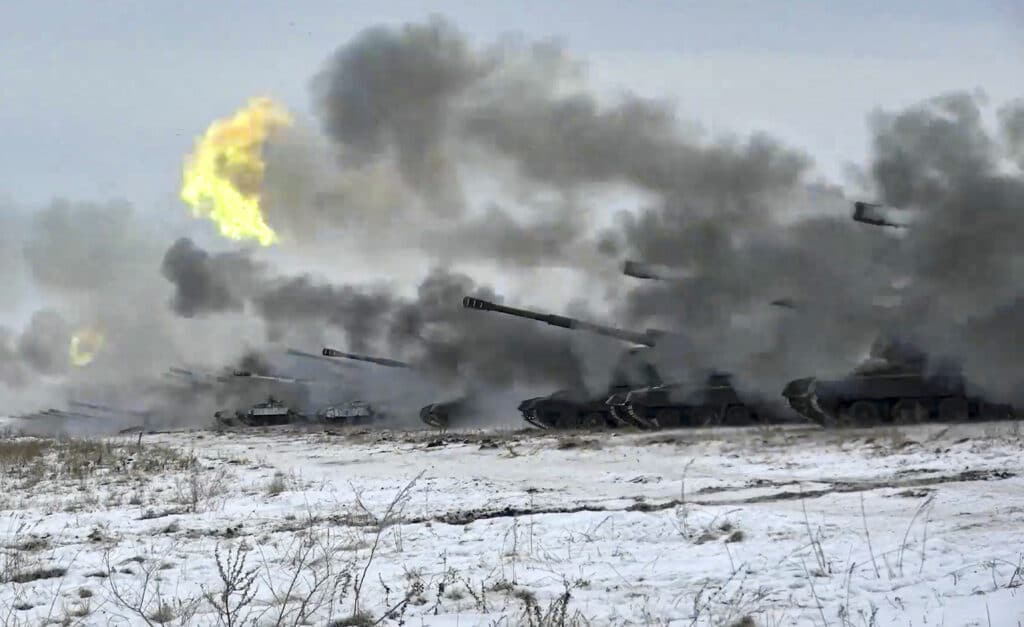
“At this stage, the parties don’t intend to compromise and want to shift responsibility for a potential conflict,” said Kirill Rogov, a Moscow-based independent analyst.
Adding to an estimated 100,000 troops deployed near Ukraine, Russia also has moved more troops from Siberia and the Far East for joint drills with its ally Belarus, which also borders Ukraine. In those exercises, Russian military units have moved to areas near Belarus’ southern border, which is about 75 kilometers (47 miles) from Kyiv.
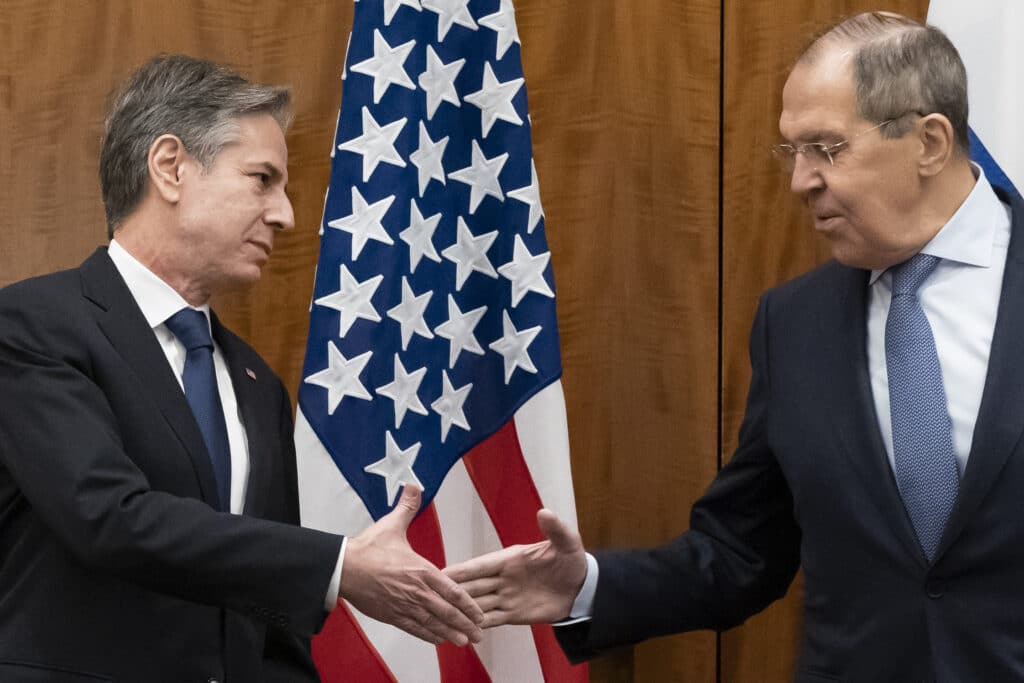
Earlier this week, the Russian Defense Ministry also announced a series of naval maneuvers in the Black Sea and more distant areas such as the Mediterranean, northeastern Atlantic and the Pacific. The exercises that will start this month and last through February would involve over 140 ships, dozens of aircraft and more than 10,000 personnel.
Amid the tensions, Putin also worked to strengthen alliances with the countries opposed to the West. He has hosted Iran’s hard-line president for talks on expanding cooperation and is set to travel to the opening of the Winter Olympics in Beijing where he will hold talks with Chinese President Xi Jinping.
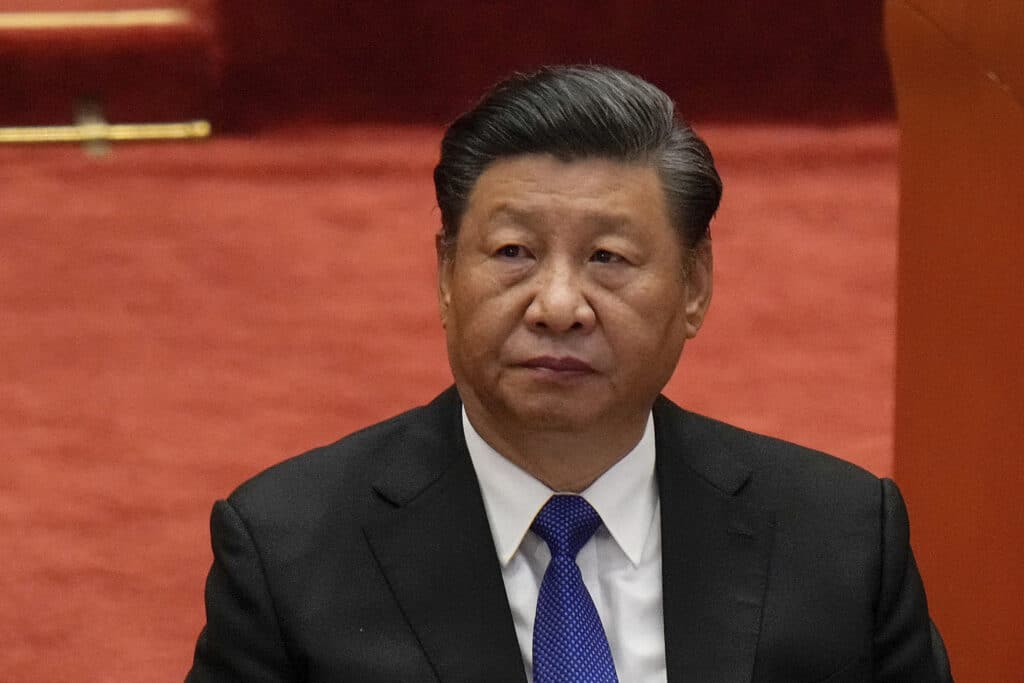
In recent days, Putin also spoke by phone with the leaders of Nicaragua and Venezuela, and a Russian government plane was recently seen cruising between Cuba and Venezuela in a possible harbinger of the next Kremlin moves.
After the U.S. and its allies rejected Russia’s demands for a halt to NATO expansion, Russia’s Deputy Foreign Minister Sergei Ryabkov kept the door open for the deployment of military assets to Cuba and Venezuela.
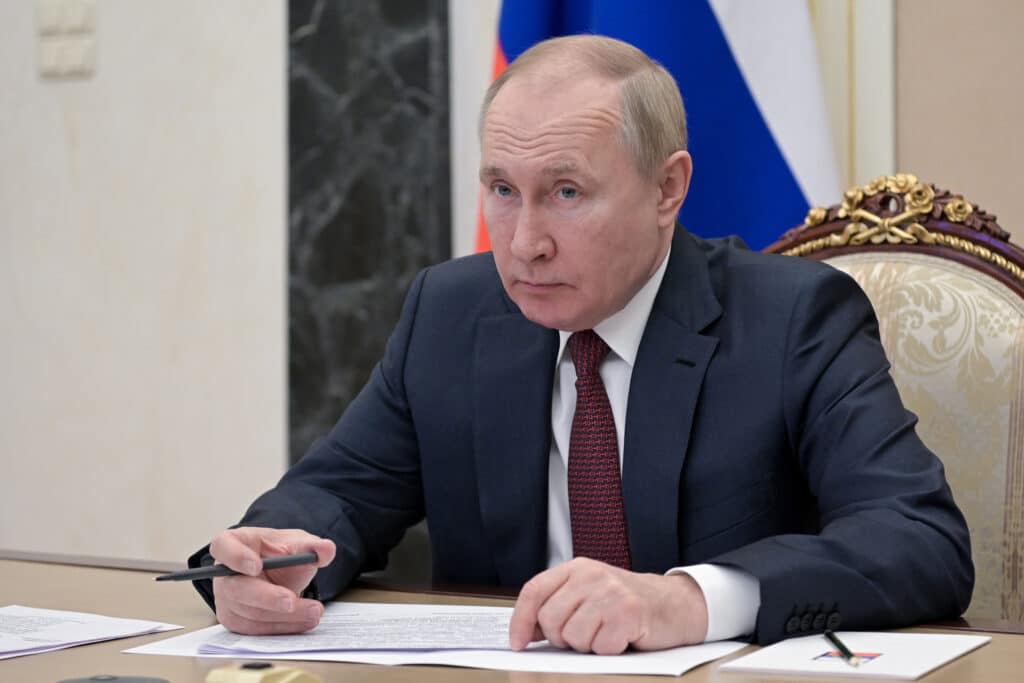
While voicing concern that NATO could potentially use Ukrainian territory for the deployment of missiles capable of reaching Moscow in just five minutes, Putin has warned that Russian warships armed with the latest Zircon hypersonic cruise missile would give Russia a similar capability if deployed in neutral waters.
Fyodor Lukyanov, a leading Russian foreign policy expert, observed that with Russia and the West taking intransigent stands in the talks, an escalation appears inevitable.
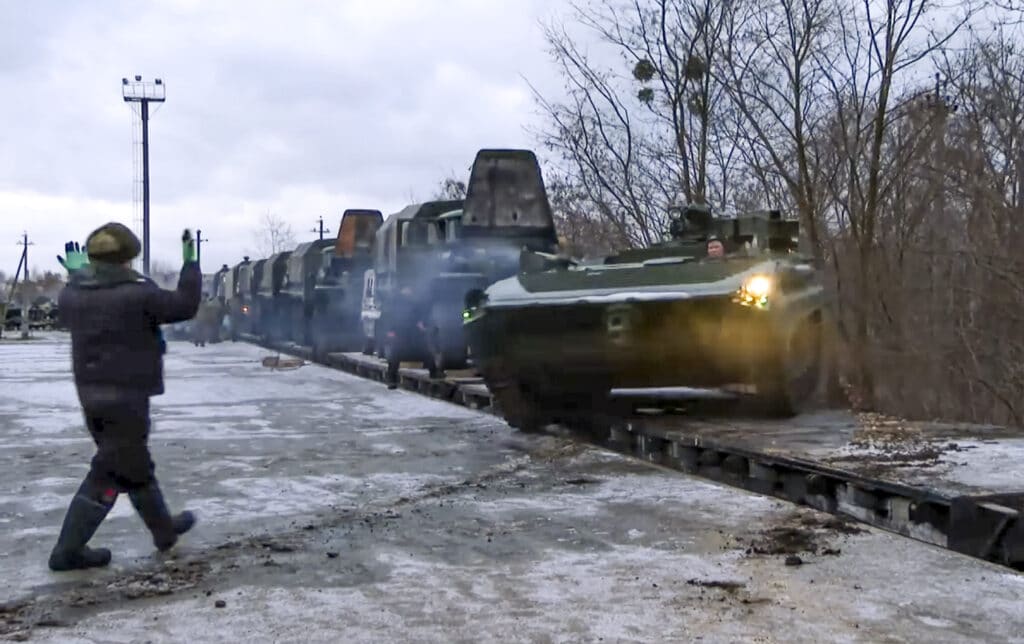
“Tensions will be high, including demonstrations of force not necessarily near or in Ukraine,” Lukyanov wrote in a commentary. “Real talks with some room for maneuvering and a broader agenda would ideally begin only after the next round of escalation in order to ease tensions.”
By VLADIMIR ISACHENKOV


